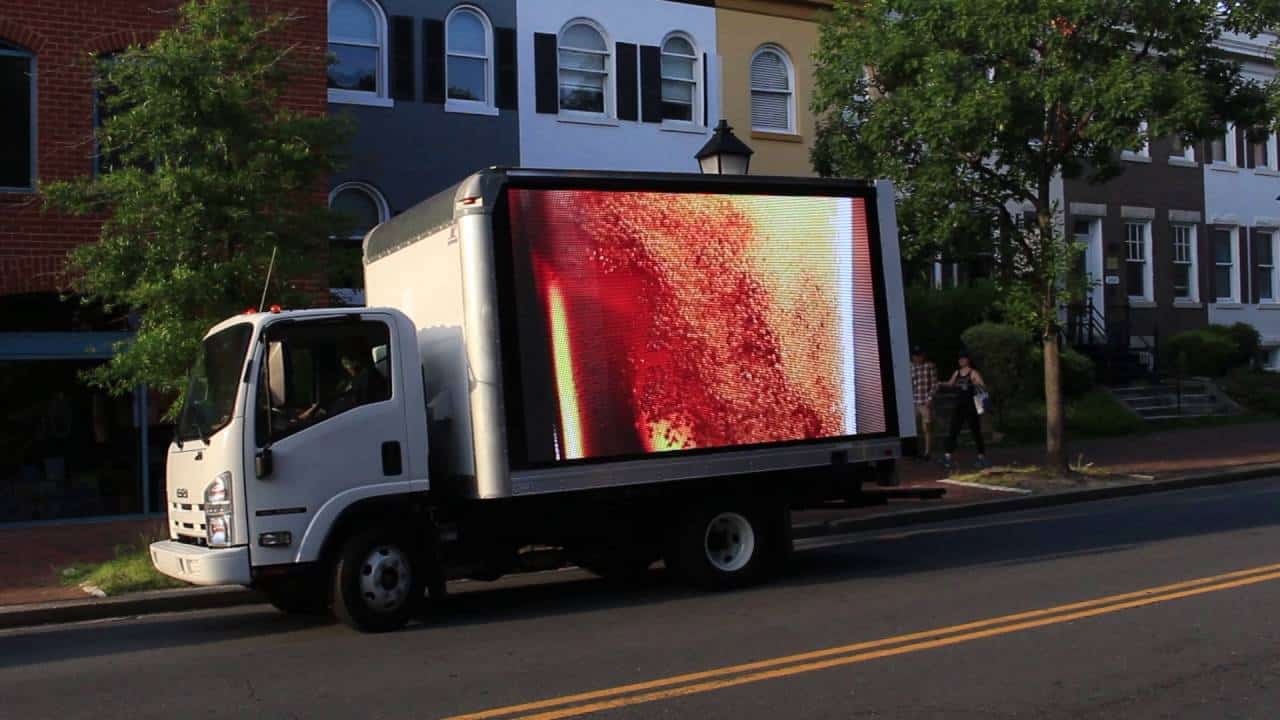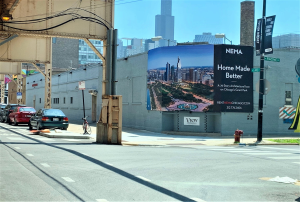Effective Billboards: The Illusion of Impact in Today’s Marketing World
When marketers think of out-of-home advertising, billboards often come to mind. They’re everywhere—looming over highways, glowing in city centers, plastered across buildings. But here’s the million-dollar question: Are billboards effective? Or more importantly—how effective are billboards in actually driving meaningful results?
In an era of precision targeting, data-driven decisions, and customer-centric campaigns, many marketing professionals are re-evaluating traditional formats. And billboards, once considered a staple, are increasingly being called into question. While they may offer mass visibility, that visibility often fails to translate into conversions, measurable ROI, or even basic recall.
Let’s break down the real story behind what many still refer to as “effective billboards.”
Effective Billboards: Measuring Visibility Doesn’t Equal Measuring Value
At face value, billboards are attention-grabbers. A 14’x48’ vinyl sign on a freeway must be seen, right? But visibility alone is not a metric of success. One of the most misleading aspects of billboard advertising is the reliance on impression estimates. Traffic counts and location metrics are used to project how many eyes might see a billboard—but they don’t tell you who actually noticed it, remembered it, or took action.
Ask yourself: How effective is billboard advertising if you can’t track who it reached or what it inspired them to do?
Compare that to digital formats where you can measure click-through rates, conversions, and even user behavior post-ad exposure. In contrast, billboards offer exposure without context, impressions without intention.
Effective Billboards: Are Billboards Still Effective in a Mobile-First World?
Let’s face it—our attention spans are shrinking, and our eyes are glued to our phones. According to eMarketer, U.S. adults now spend over 4 hours a day on mobile devices. So while a billboard may hover above a busy intersection, drivers and pedestrians are often too distracted—or simply disinterested—to process the message.
The real problem? Billboards don’t adapt. They don’t learn from user behavior or refine their messaging in real time. That’s a critical limitation when your audience lives in a hyper-personalized digital ecosystem. So again—are billboards still effective when consumers are scrolling past dynamic, targeted ads instead of looking up?
Effective Billboards vs. Effective Engagement
One of the biggest issues with so-called effective billboards is their one-way communication. They broadcast—they don’t interact. In a world where consumers demand personalized, interactive, and immersive brand experiences, billboards fall short.
Consider this: in-hand advertising formats such as branded coffee sleeves, pizza boxes, or even pharmacy bags are placed directly in the consumer’s environment. They offer longer dwell times, tactile engagement, and often reach consumers at high-intent moments—like when they’re relaxing at a café or picking up prescriptions.
By contrast, a billboard might get a glance. But rarely does it inspire action or emotion.
The ROI Illusion: How Effective Are Billboards Really?
Even for brands willing to spend six figures on prime billboard real estate, the return on investment is murky at best. Here’s why:
Attribution is weak: Most brands can’t tie a sale or website visit directly to a billboard impression.
Recall is low: According to Nielsen, only 38% of people recall billboard ads, and that drops further in urban areas with high ad density.
Cost per conversion is high: While CPMs can look reasonable, the actual cost per action is almost impossible to calculate.
So when marketers ask, how effective are billboards, the honest answer is: not very—if you’re measuring beyond simple brand awareness.
Effective Billboards and the Misuse of Brand Budget
Billboards can easily eat up campaign budgets that could be better spent on more trackable, experiential, and consumer-focused placements. For instance:
A national billboard campaign might cost $100,000+ for four weeks.
That same budget could place your brand inside 250,000 coffee shops through branded sleeves—directly into consumers’ hands.
The latter not only delivers higher recall but also provides better targeting based on demographics, location, and behavior. Which one sounds like a smarter investment?
Effective Billboards: What the Industry Won’t Tell You
Here’s what many billboard vendors won’t say: the format relies heavily on outdated measurement models and often inflates impact through vanity metrics. Just because something is big, doesn’t mean it’s effective.
This is why marketing professionals are pivoting toward alternatives that offer:
Greater context
Better measurement
Tangible consumer engagement
Lower cost per impression and per action
The days of passive, generalized messaging are behind us. It’s time to challenge the notion of what truly qualifies as “effective.”
So, Are Billboards Effective for Your Brand?
If your campaign goal is mass awareness with minimal accountability, billboards might work. But for marketers driven by ROI, data, and engagement, the answer to are billboards effective is increasingly “no.”
Instead of chasing outdated metrics, forward-thinking brands are embracing in-hand advertising, hyperlocal targeting, and place-based campaigns that create real-world, measurable moments.
Final Takeaway: Rethinking What ‘Effective Billboards’ Really Means
The term “effective billboards” is a contradiction when measured against modern marketing standards. In today’s data-driven landscape, the most effective campaigns are those that:
Reach the right person at the right time
Spark real interaction or emotion
Leave measurable traces
Billboards may still loom large in our cities, but their relevance is shrinking. And as a marketing professional, it’s your job to challenge the status quo and invest where impact can be seen, measured, and optimized.






